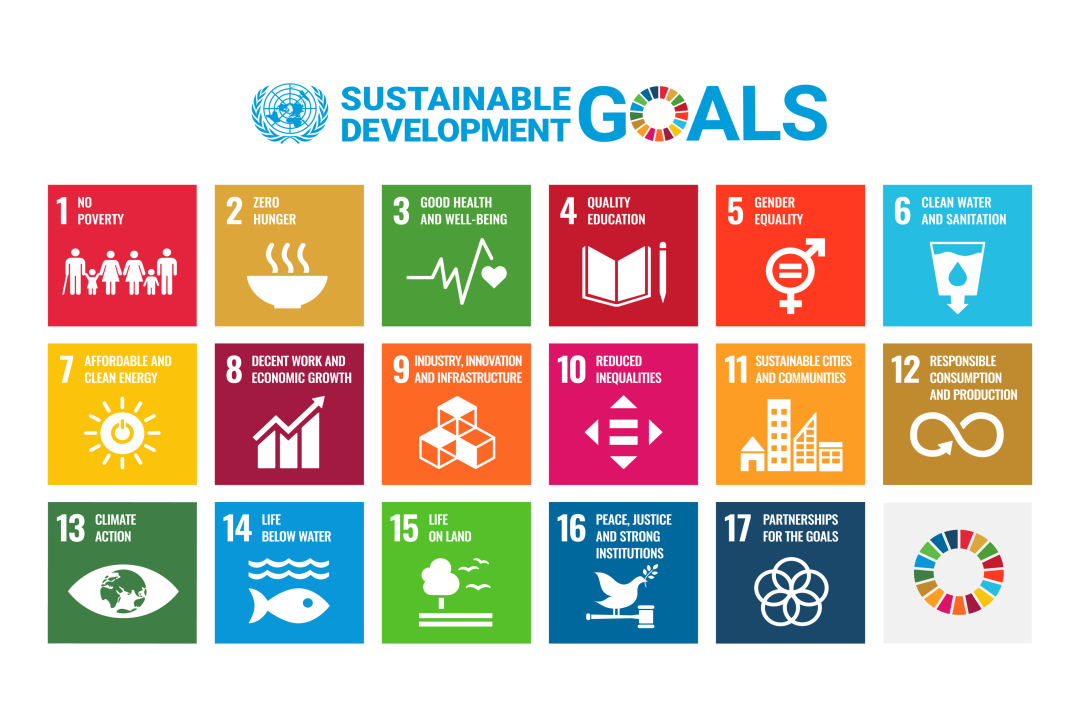VLR report part 1: Introduction
Sustainable Vantaa Belongs to Everyone – Vantaa’s Sustainability Reporting 2025 is the third voluntary local review (VLR) describing how Vantaa is promoting the UN’s Sustainable Development Goals. The first review was published in 2021 and, in the same year, the city’s management group decided that the review would be published every two years from then on.

Sustainable Vantaa Belongs to Everyone – Vantaa’s Sustainability Reporting 2025 is the third voluntary local review (VLR) describing how Vantaa is promoting the UN Sustainable Development Goals. The first review was published in 2021 and, in the same year, the city’s management group decided that the review would be published every two years from then on.
In 2015, the UN agreed on a global action plan for sustainable development, the 2030 Agenda. The aim of the 2030 Agenda is to eradicate extreme poverty and promote sustainable development in the economic, social and environmental dimensions. The 2030 Agenda contains 17 Sustainable Development Goals (SDGs) containing a total of 169 targets. The SDGs are to be achieved jointly by all countries by 2030.
Cities are very important actors in sustainable development and, due to their nature, most of the SDGs are most strongly affected at the local or municipal level. Cities have often defined more ambitious targets than their central governments, for example in terms of carbon neutrality, and have the potential to be pioneers in sustainable development.
Vantaa is part of the growing group of cities reporting on progress towards the SDGs through voluntary local reporting (VLR). This demonstrates our city's commitment to promoting all dimensions of sustainable development locally and more broadly in cooperation with other actors. The commitment has also been written into Vantaa’s city strategy, in which the UN Sustainable Development Goals, or SDGs, are divided into strategic themes.
This report was compiled by a working group with representation from all sectors. Other experts of the city organisation have been asked to provide texts and additions as needed. The report is structured according to strategic themes, which supports the connection between sustainable development and strategic work.
We have highlighted some examples of good practices in Vantaa in connection with each strategy theme. Much more is being done in Vantaa to promote sustainable development – in fact, everything that is being done in the city could justifiably be included in this report, which is why choices must be made. You can read more examples of Vantaa’s good practices and development work in our previous reports.
Vantaa as a city
Vantaa is the fourth largest city in Finland, with a population of 251,405 at the end of 2024. The city continues to grow rapidly, and its residents speak more than 120 different native languages. Vantaa is Finland’s most international city, and its population growth is based primarily on immigration. Vantaa invests in the well-being of its residents, sustainable development and internationality, which increases the city's attractiveness and strengthens multiculturalism.
Vantaa is located in the Uusimaa region and is part of the Helsinki Metropolitan Area. It shares a border with Helsinki, Espoo, Nurmijärvi, Tuusula, Kerava and Sipoo. The city is divided into seven major regions and 61 districts, of which Tikkurila serves as the administrative centre. That being said, Vantaa is a city that does not have a single clear main centre. Vantaa is also home to Finland’s largest international airport. Vantaa’s diverse economic structure and excellent transport connections promote the city’s development.
The typical landscapes of Vantaa include rocky hills, forests and wide open fields along rivers. In addition to dense centres, the region is typified by large areas of single-family homes. Forests, agricultural areas, built-up areas and other environments heavily modified by human activity provide a wide variety of habitats for a large number of plant and animal species. Due to its milder climate and favourable soil, Vantaa is one of the richest areas in Finland in terms of nature.Extensive green areas and easily accessible recreational opportunities make the city a pleasant place in which to live, and most residents live less than 300 meters from a green area.
Vantaa is one of Finland’s pioneering municipalities with its long-term environmental work. Vantaa has set as its goal to be carbon neutral by 2030, and the city is investing in innovative solutions and promoting environmental responsibility.
In 2024, Vantaa celebrated 50 years of being a city with the theme “At Home in Vantaa”. To celebrate the anniversary, the city offered, among other things, a free city bike season and established a jubilee fund of over €1 million to support the hobbies of children and young people. Over the course of half a century, Vantaa has grown into an urban, constantly developing and vibrant city that continues its purposeful work for the benefit of its residents and the environment.
Vantaa’s history
Vantaa has a long history. The original name of the area, Helsinki parish, was first mentioned in documents in 1351, and later the parish became a province. The market town of Vantaa was established in 1972, and Vantaa became a city in 1974. The rural municipality developed into an urban and rapidly growing centre next to the capital, which has, over the decades, attracted new residents with its modern suburbs, excellent transport links and proximity to nature.
Over the years, Vantaa has invested in advanced services, such as maternity clinics, early childhood education and mammography screenings, in which it has been a nationwide pioneer. Over the course of the past 50 years, Vantaa has become the most international city in Finland, and it has developed its own urban culture in which community spirit is an important asset. Vantaa, which has grown and developed rapidly, has established its position as an independent, progressive and diverse part of the Helsinki Metropolitan Area.
